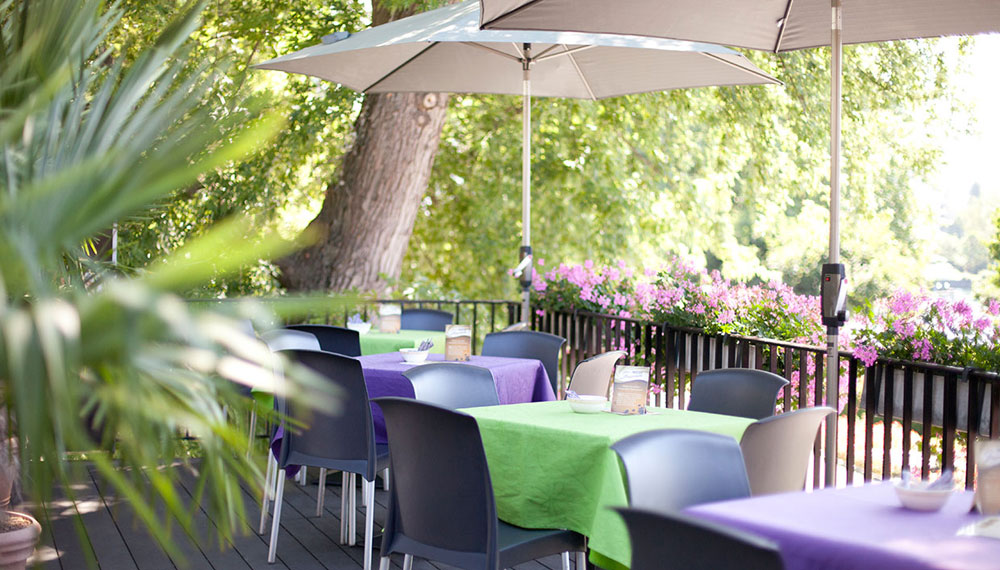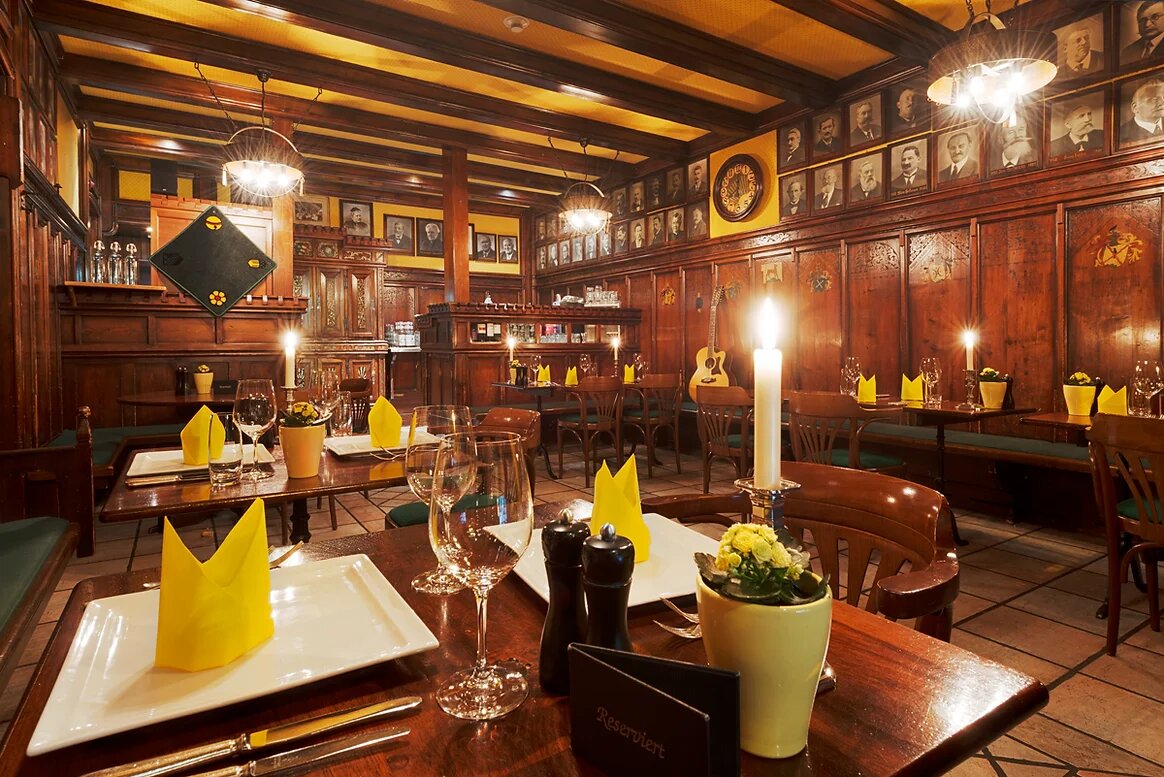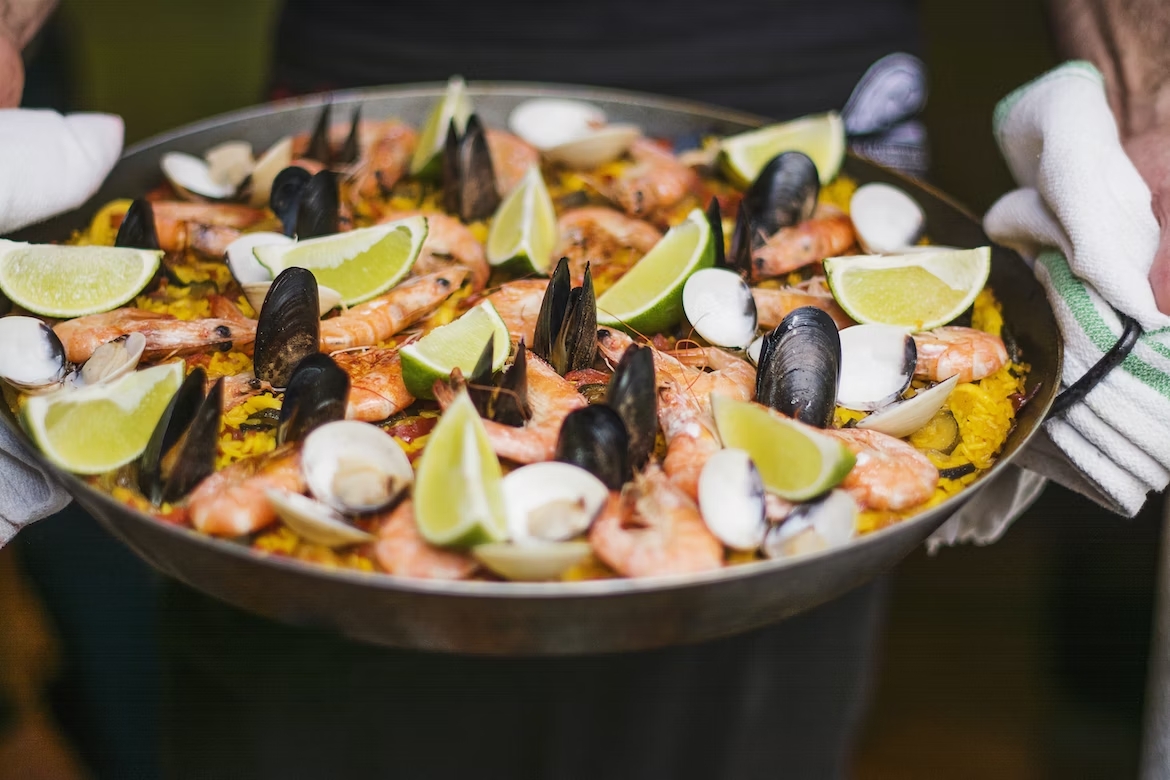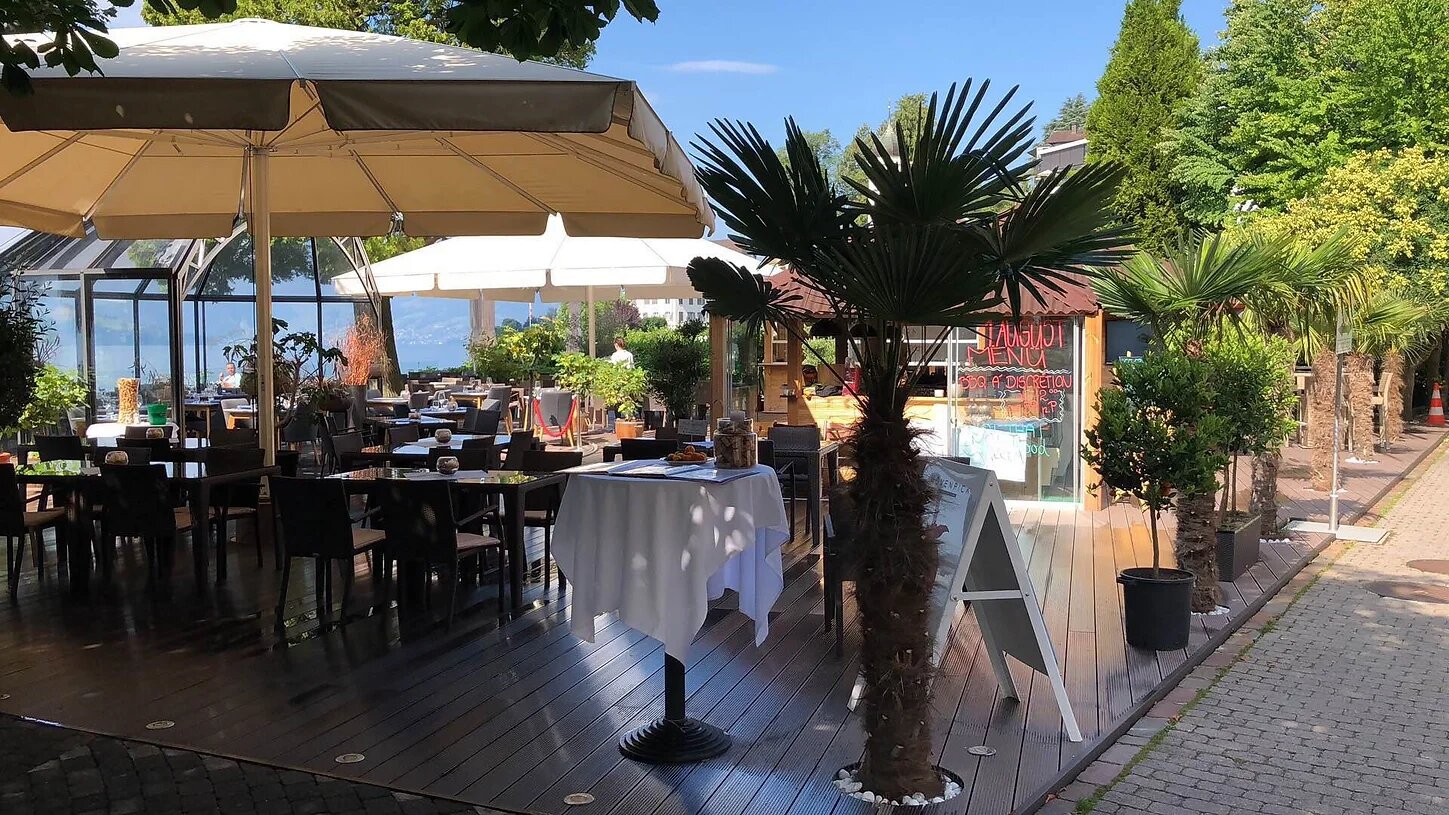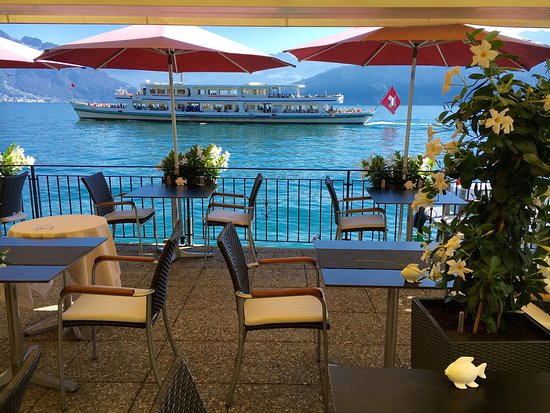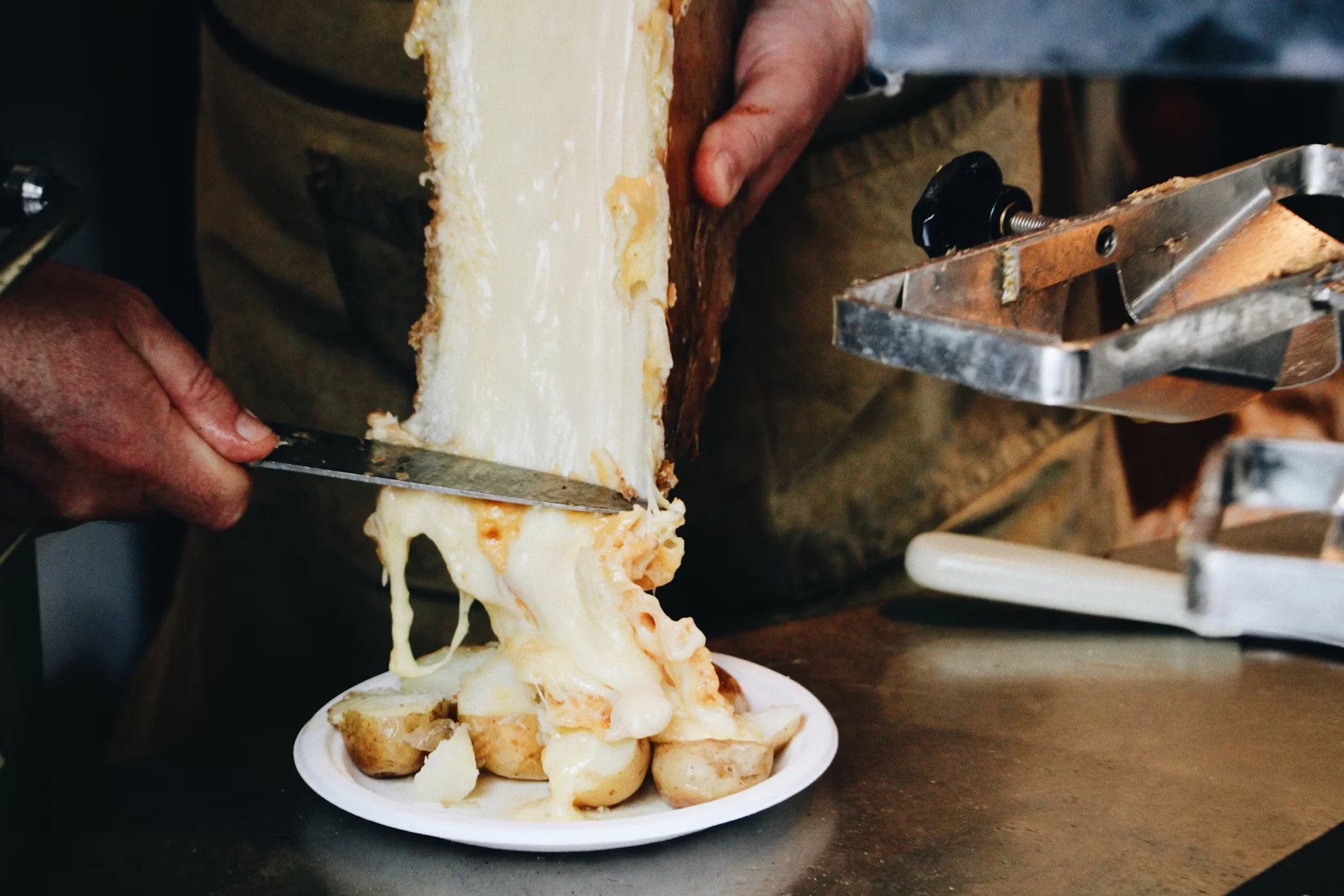
THE TRADITIONAL SWISS raclette RECIPE
Swiss Raclette, a beloved culinary tradition, embodies the essence of Alpine comfort food with its rich, melted cheese served alongside an array of accompaniments. Originating from the Swiss Alps, Raclette has evolved from a humble peasant dish to a gourmet delight cherished by cheese enthusiasts worldwide. In this detailed exploration, we will uncover the secrets behind crafting the perfect Swiss Raclette – from selecting the finest ingredients to mastering the art of achieving that gooey, indulgent texture that defines this Alpine delicacy.
SWISS raclette INGREDIENTS
Raclette Cheese:
The star of the dish, Raclette cheese is a semi-hard cow's milk cheese with a creamy texture and a nutty, slightly sweet flavor. Traditionally, the cheese is heated until it melts and becomes gooey, then scraped onto accompaniments.
Accompaniments:
Raclette is typically served with a variety of accompaniments, including boiled or steamed potatoes, cornichons (small pickles), pickled onions, cured meats such as air-dried beef or ham, and crusty bread. These accompaniments provide a balance of flavors and textures to complement the richness of the melted cheese.
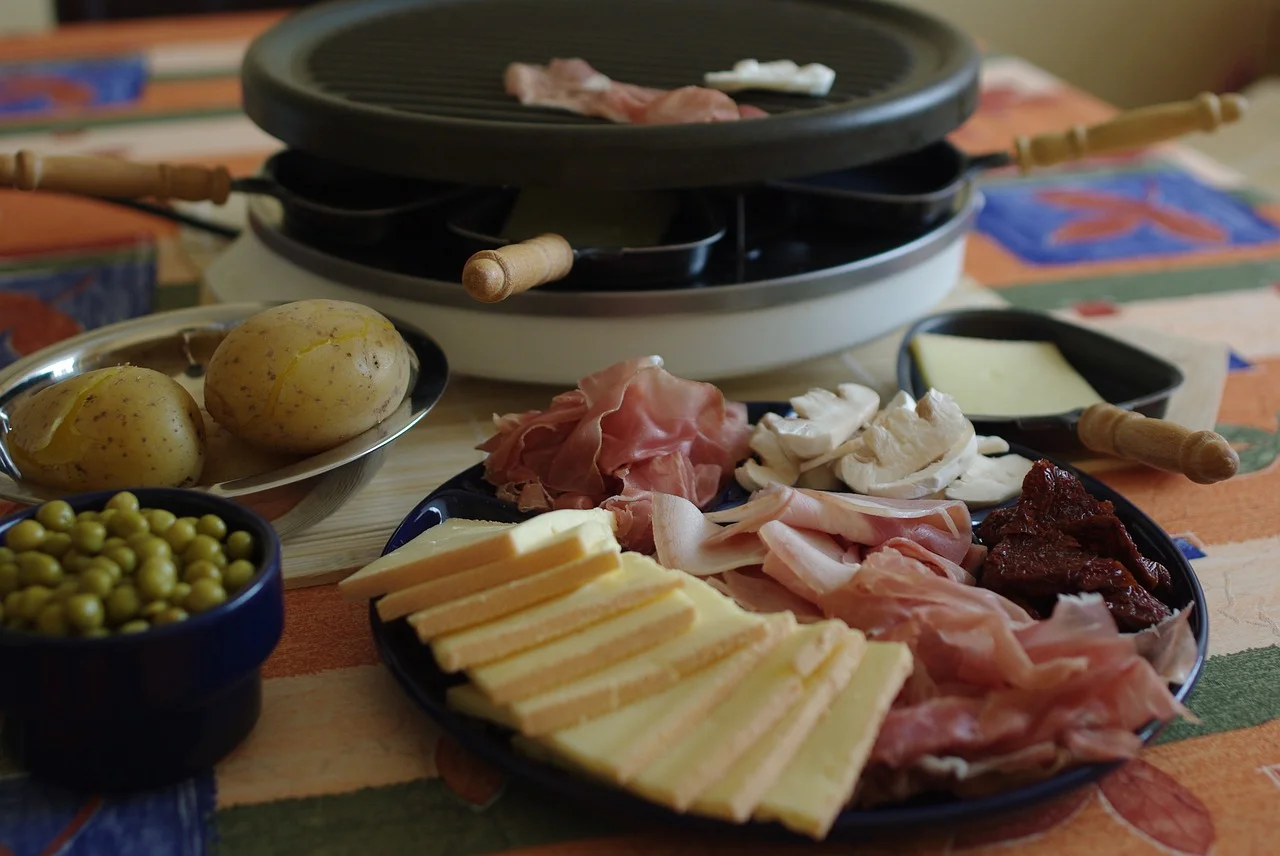
STEP BY STEP
Preparation of Cheese:
- To prepare Raclette, start by cutting the cheese into wedges or slices, depending on the type of Raclette grill or heating device you are using. Traditional Raclette grills have a heating element that melts the cheese, while modern versions may use individual pans or even open flames.
Heating the Cheese:
- Place the Raclette cheese slices onto the heating element or in the individual pans of the Raclette grill. Allow the cheese to heat slowly until it begins to melt and bubble. Use a Raclette scraper or knife to scrape the melted cheese onto the accompaniments.
Serving Accompaniments:
- Arrange the boiled or steamed potatoes, cornichons, pickled onions, cured meats, and crusty bread on individual plates or a communal platter. Encourage guests to customize their Raclette experience by choosing their preferred accompaniments.
Enjoying Raclette:
- Once the cheese has melted and been scraped onto the accompaniments, Raclette is ready to be enjoyed. Serve immediately while the cheese is still warm and gooey. Encourage guests to savor each bite, combining the melted cheese with the accompaniments for a delightful flavor experience.
Curiosities about the traditional Swiss Raclette recipe
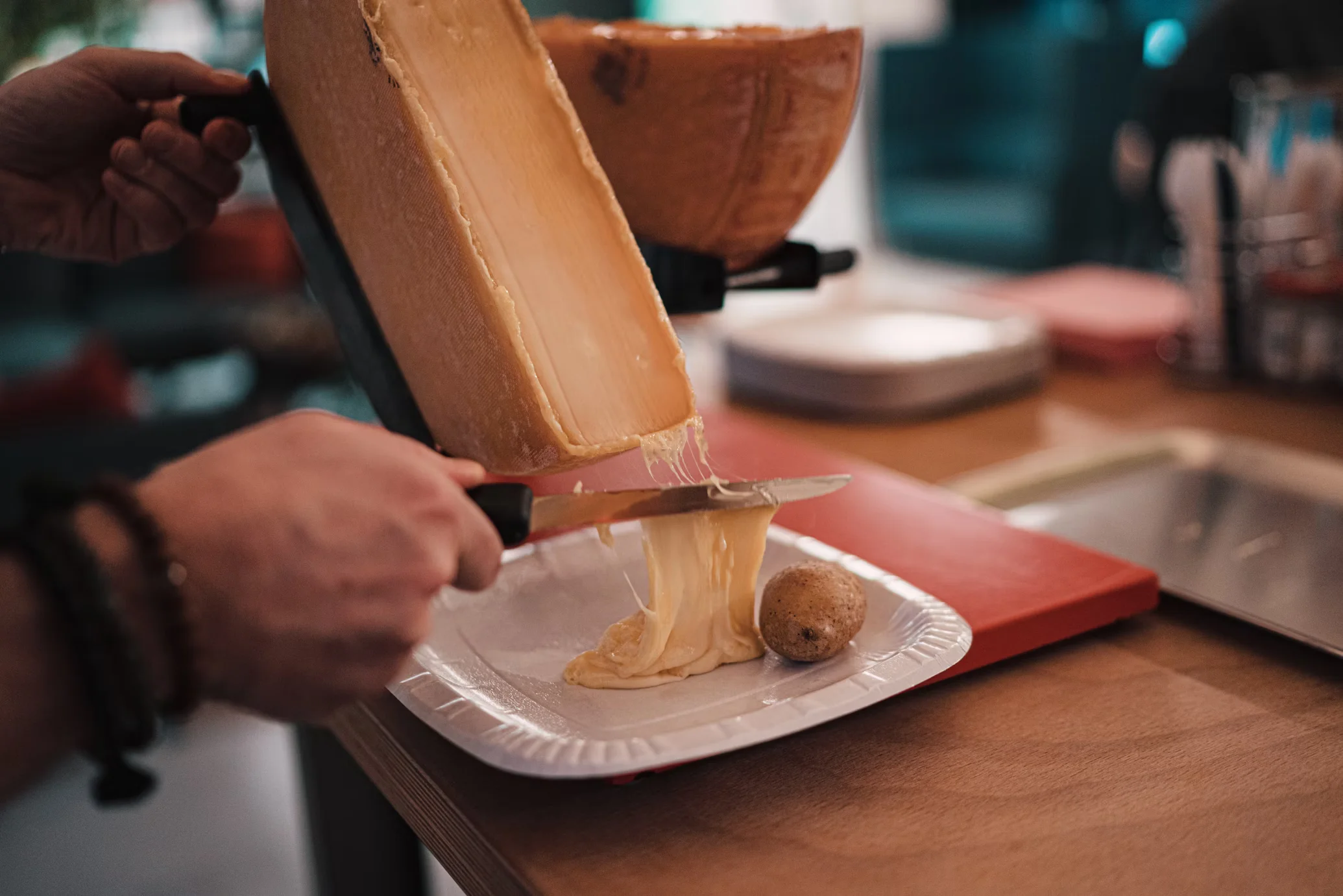
- Traditional Alpine Dish: Raclette has its origins in the Alpine regions of Switzerland, where it was originally enjoyed by mountain farmers. The name “Raclette” comes from the French word “racler,” meaning “to scrape,” referring to the process of scraping the melted cheese onto accompaniments.
- Modern Adaptations: While Raclette has deep roots in tradition, it has also evolved to accommodate modern tastes and preferences. Today, Raclette is enjoyed not only in its traditional form but also in various adaptations, including Raclette sandwiches, pizzas, and even burgers.
- Cultural Significance: Raclette holds cultural significance in Switzerland and is often associated with social gatherings and festive occasions. Raclette parties, known as “Racletteabend” or “Raclette soirée,” are popular gatherings where friends and family come together to enjoy this delicious dish.
- Historical Origins: Raclette is believed to have been enjoyed by Alpine farmers as early as the Middle Ages. The dish provided a hearty and sustaining meal during the long, cold winters in the mountains, making use of the abundant cheese produced by local dairy farms.
Eat raclette in Weggis
SEE MORE
